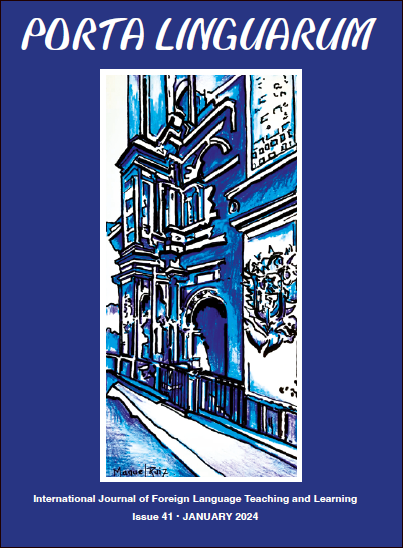Using Digital Portfolios to Develop Students’ Writing: A Practical Guide for Language Teachers. Lam, R., & Moorhouse, B., L. (2022) Abingdon, Routledge, 167 pages, ISBN: 978-1-032-28240-4
DOI:
https://doi.org/10.30827/portalin.vi41.27135Palabras clave:
-Resumen
The uses of e-portfolios in L2 education and research have recently increased given their reflective and process-oriented nature. Many scholars have begun using e-portfolios to collect their data in various aspects of L2 teaching and learning. Considering the prominence of technologies and e-portfolios in teaching L2 writing, a recent and influential book has been published by Routledge titled “Using Digital Portfolios to Develop Students’ Writing: A Practical Guide for Language Teachers”. It presents the theoretical underpinnings of e-portfolio and the way its application in L2 contexts can boost the quality of teaching and learning English writing skills.
Descargas
Citas
Estaji, M., & Ghiasvand, F. (2022). Teacher assessment identity in motion: The representations in e-portfolios of novice and experienced EFL teachers. Issues in Language Teaching. doi.org/10.22054/ilt.2022.70302.741
Walland, E., & Shaw, S. (2022). E-portfolios in teaching, learning and assessment: Tensions in theory and praxis. Technology, Pedagogy and Education, 1-17. doi.org/10.1080/1475939X.2022.2074087
Zhou, M., Chye, S., Koh, C., & Liu, W. C. (2013). Understanding teacher identity through the use of e-portfolios with pre-service teachers. In J. Platos (Ed.), Proceedings of the second international conference on e-technologies and networks for development (pp. 20–27). Society of Digital Information and Wireless Communications.




















